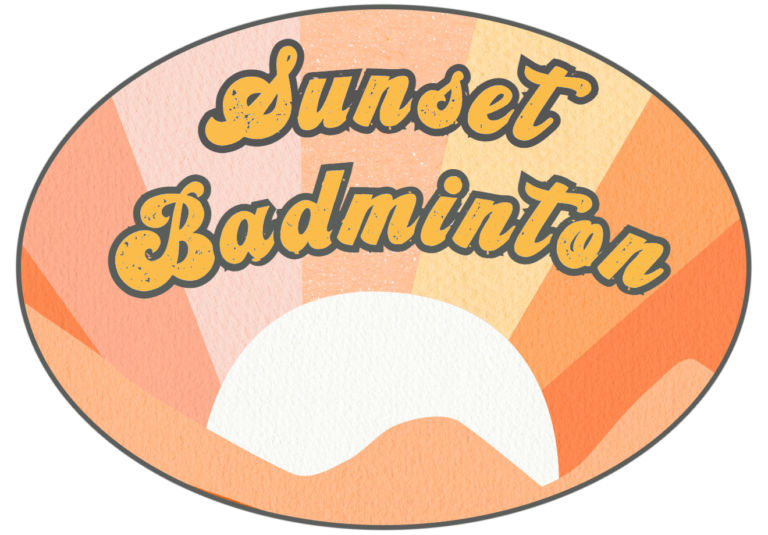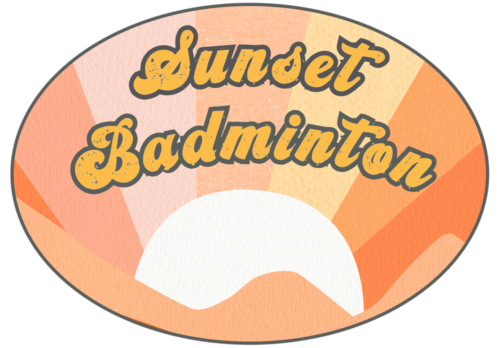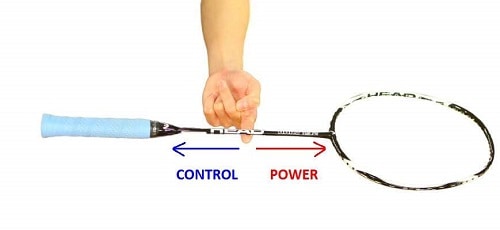How to choose a badminton racket for a beginner
Coach Ching
January 20, 2022
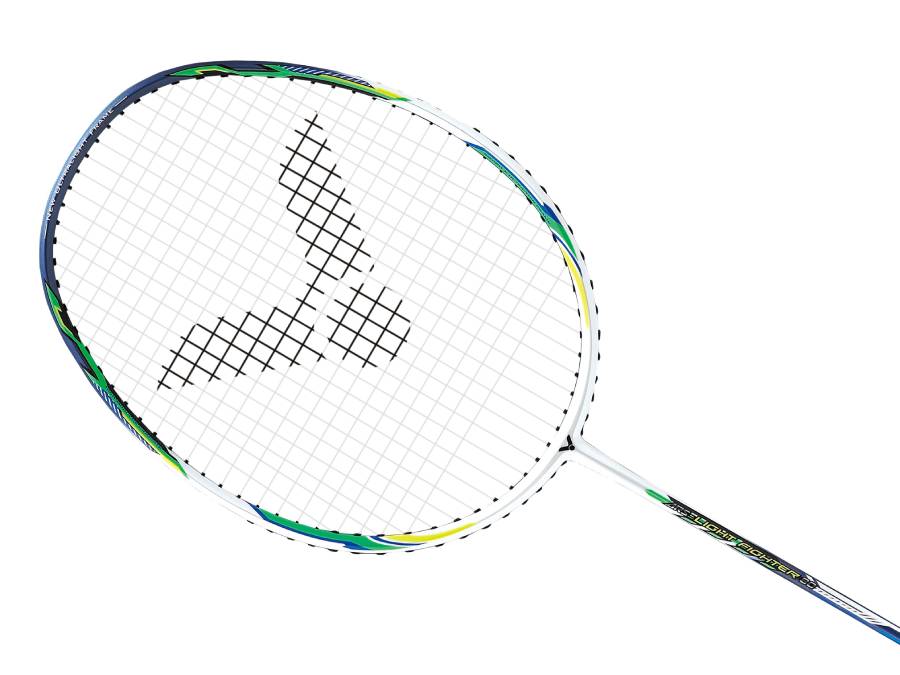
Selecting any kind of sports equipment can be a daunting task; especially for a beginner. Concerns of cost, quality, durability, and performance all come in to question. Combine those concerns with the myriad of brands and versions of both rackets and shuttles, and badminton is certainly no easier to get started in than other racket sports.
Price
For beginners, this is where most people start. On average, you can expect to pay somewhere in the range of $50-$100 for a good beginner racket. While you can find recreational rackets from big-box stores like Walmart for as low as $20, We would recommend avoiding those lower-quality rackets as they are not designed for more serious play and will break quickly as your swing becomes stronger and more powerful.
Build Quality
Ok, so for around $100, what are you getting for your money? Probably the most obvious thing is build quality. Lower quality rackets are typically made of aluminum whereas quality ones use carbon fiber and other advanced materials for the shaft and head construction. This makes quality rackets much lighter and more playable. Racket weight and distribution are incredibly important in a sport that is as fast as badminton is. When picking a racket, definitely choose a carbon fiber single-piece construction.
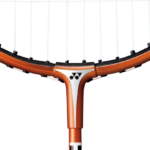
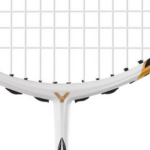
In the image on the left, you will notice that the throat piece that connects the head to the shaft is a separate piece made of aluminum whereas, in the image on the right, the head and shaft are constructed as one unit of carbon fiber. While aluminum is heavier than carbon fiber, it is more durable and can take more abuse. Rackets with aluminum heads will often bend out of shape vs breaking as a carbon fiber head would. This may sound like an advantage but it’s really not as a heavier and misshaped head will result in off-balance swings and inconsistent play.
The throat piece is the major visible difference in build quality but there are a number of other build quality considerations like head shape (though this is sometimes considered a feature), epoxy strength, construction methods, quality control, and composite materials used that all go into price differences between rackets.
Brand
While most serious players have their preferred brand, beginners should try to stick with some of the bigger players in the racket space to avoid quality control issues. Yonex is the undisputed king of badminton rackets though Victor and Li-Ning are also major players in the international competition scene. Having said that, certain offerings from Wilson, Carlton, and HL Badminton might be easier to find here in Arizona and are acceptable as long as you select a racket from their higher-end line. Of course, we here at Sunset Badminton carry quality Victor rackets for players of all levels :).
Features
When you look at a badminton racket, you might wonder what possible “features” a thin and light racket could possibly have especially when compared with rackets in other sports? To make a long post short, there are actually a lot! But…they are subtle. The thing is, in a sport that is as fast as badminton is, subtlety adds up to big differences when you play that fast for hours at a time. We’ll focus on just the major features to pay attention to for beginners.
Weight
Badminton rackets have a strange weight system that is a combination of a number and letter that signify the racket’s weight range in grams. Note that this is the Yonex system but most manufacturers have a similar scale.
2U -> 90g-94.9g
3U -> 85g-89.9g
4U -> 80g-84.9g
5U -> 75g-79.9g
3U and 4U rackets are the most common and those are the weights we recommend for most players.
In general, heavier rackets (3U and heavier) suit power and singles players whereas lighter rackets suit speed & control and doubles players best. This is just a generality and individual play styles can differ greatly.
Stiffness
Racket shaft stiffness has a direct impact on a player’s power and control. For beginners who may not yet have a powerful swing, we recommend a racket with less stiffness (more flexible) as the whipping action of a flexible shaft will help generate more power. If you are still a relative beginner but you have a nice powerful swing, then you might want to transition over to a medium or stiff flex racket. Stiffer shaft rackets offer more control and shot precision since there is less variability in head movement during shots.
Balance
The weight of a racket can be distributed almost anywhere along the entirety of the racket. If you were to balance a racket at its middle point and watch how it tilted, you would see if the racket was head heavy, head light, or evenly balanced. Head-heavy rackets generate more power with the added weight pushing through the shuttle when hit and are good for aggressive and attacking style play. Head-light rackets offer more speed and are good for control and defensive style play.
Wrapping Up
To sum things up, picking a racket that fits your level, style, and budget can be challenging. If we had to make one (ok two) overall recommendation, we’d suggest the following:

AuraSpeed Light Fighter 80
Great for beginner players who don't have a powerful swing and like a light and fast racket.
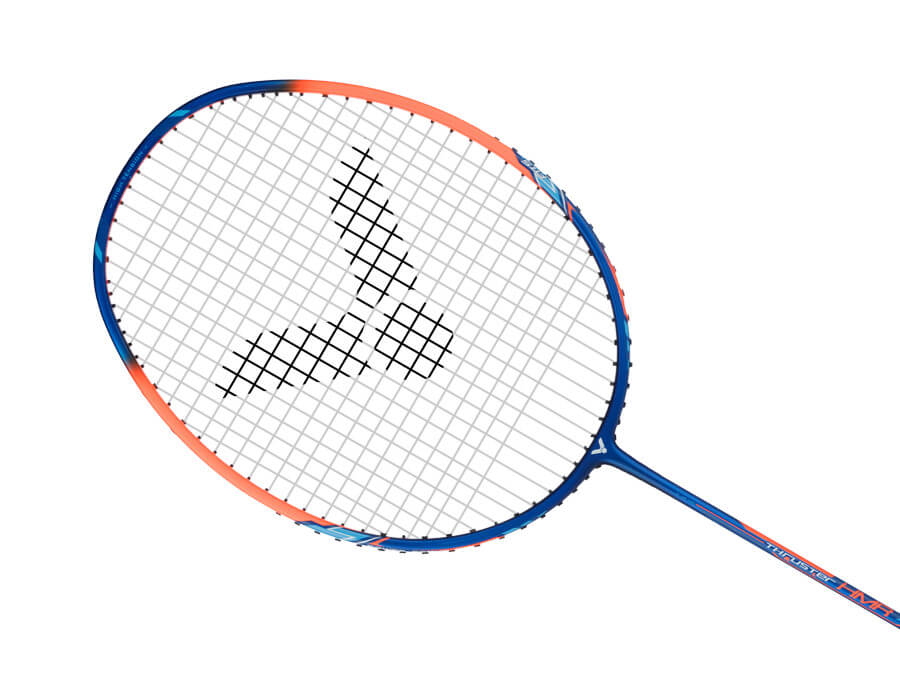
Thruster Hammer
Great for beginner power players who already have a good swing and love to smash.
If at all possible, we highly recommend that you try a racket before buying one! We know this can be very difficult especially here in Arizona where your shopping and play options are severely limited. Thankfully, we at Sunset Badminton have demos of all our rackets for you to try before you buy. Simply check our calendar or reach out to us to schedule a meetup at BASIS Peoria to try one out!
Check out what our friends on the other side of the pond have to say about choosing a racket!
Recent Posts
Have Questions?
We’re here to answer any questions about badminton! Friendly, responsive, and pressure free.
- 623.295.9734
- [email protected]
